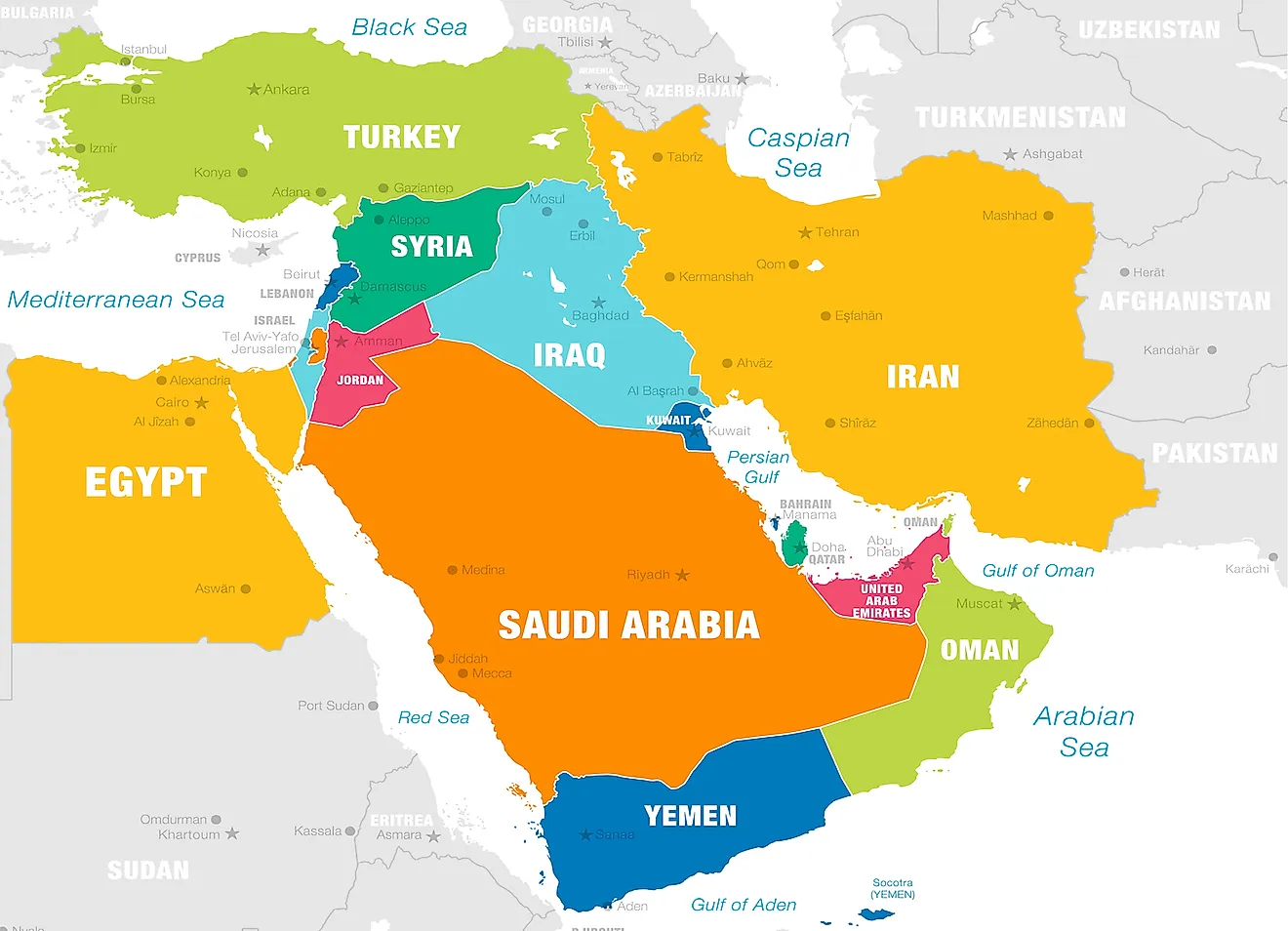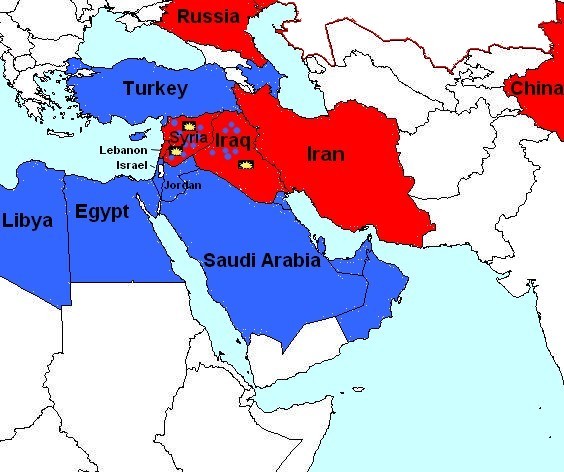
(4) Michael Ignatieff, “The Burden”, the New York Times Magazine, 5 January 2003. (3) George Bush, “ Remarks by the President in Commencement Address at the University of South Carolina”, White House. (2) George Bush, “President Discusses the Future of Iraq”, Office of the Press Secretary, White House, 26 February 2003. (1) For an ingenuous presentation of the programme to democratise the Middle East, read Victor Davis Hanson, “Democracy in the Middle East: It’s the hardheaded solution”, in the neo-conservatives’ house organ, The Weekly Standard, 21 October 2002. His most recent works are ’The Clash of Barbarisms’ (2002) and ’Eastern Cauldron’ (2004 both Monthly Review Press, New York) * Gilbert Achcar teaches at the University of Paris-VIII.
#Greater middle east countries free#
The US, he claimed, was "an empire lite, a global hegemony whose grace notes are free markets, human rights and (.)

In an essay in January 2003 in the New York Times Magazine, he adopted a disaffected tone, the better to convince his readers when vaunting the merits of the US empire, which he essentially described as an “empire of good”. The Canadian Michael Ignatieff, a Harvard professor and human rights specialist, deployed sophisticated arguments when supporting an administration that reasoned more crudely. This argument garnered support from some Clinton-era proponents of humanitarian war, who continued to back a strong-arm approach under Bush. Then on, to show the kind of values that needed spreading, he proposed “the establishment of a US-Middle East free trade area within a decade” (3). He boasted that he had borrowed 20 of the institute’s minds for his administration (2). On 26 February 2003, on the eve of the Iraq invasion, Bush set out his ambition to spread democratic values in the Middle East before the American Enterprise Institute thinktank, a hangout of neo-cons and unconditional supporters of Israel. This argument, advanced with the other two since the campaign against Baghdad began, has been spread most zealously by the Bush administration’s neo-conservative friends, active in Pentagon circles (1). As the first two faded, a third grew in import ance: Washington promised to make Iraq so attractive a democratic model that it would set an example to the entire Middle East.

We now know that the information the US and the United Kingdom provided about this subject was untruthful.

The second argument was the threat of weapons of mass destruction. The first was the war on terror declared after 11 September 2001 against all the evidence, Saddam Hussein was presented in the United States as an accomplice, if not a sponsor, of Osama bin Laden. THE Bush administration justified the invasion of Iraq on three pretexts.


 0 kommentar(er)
0 kommentar(er)
